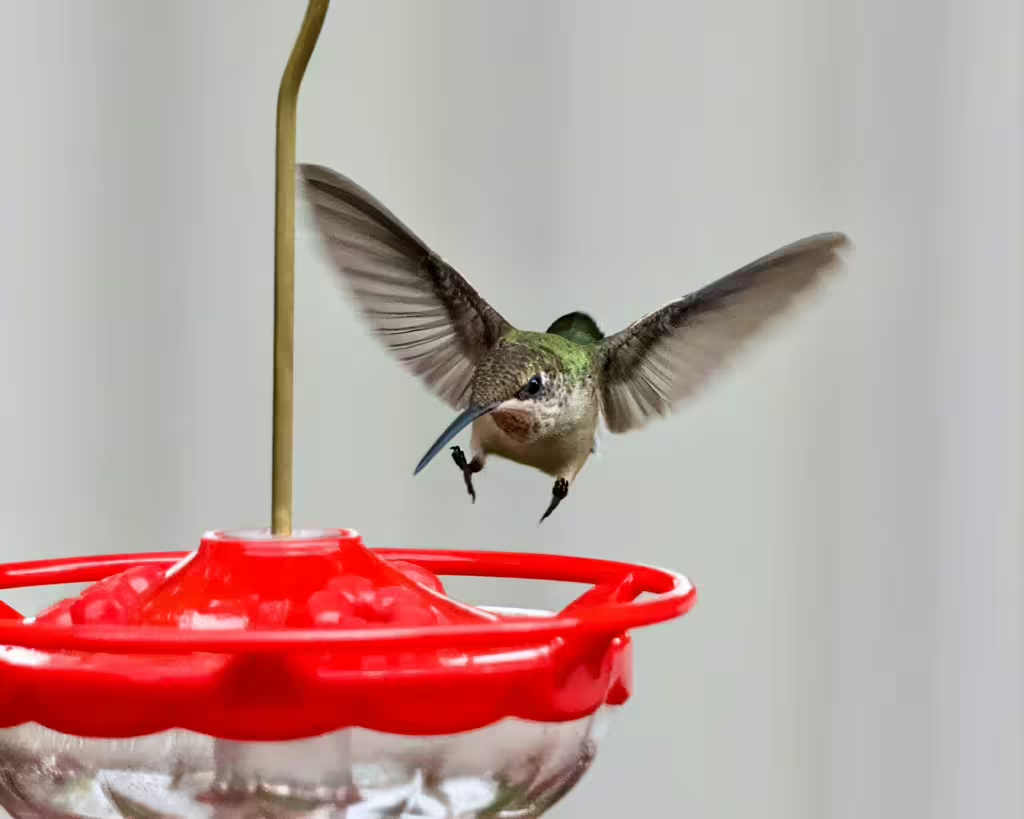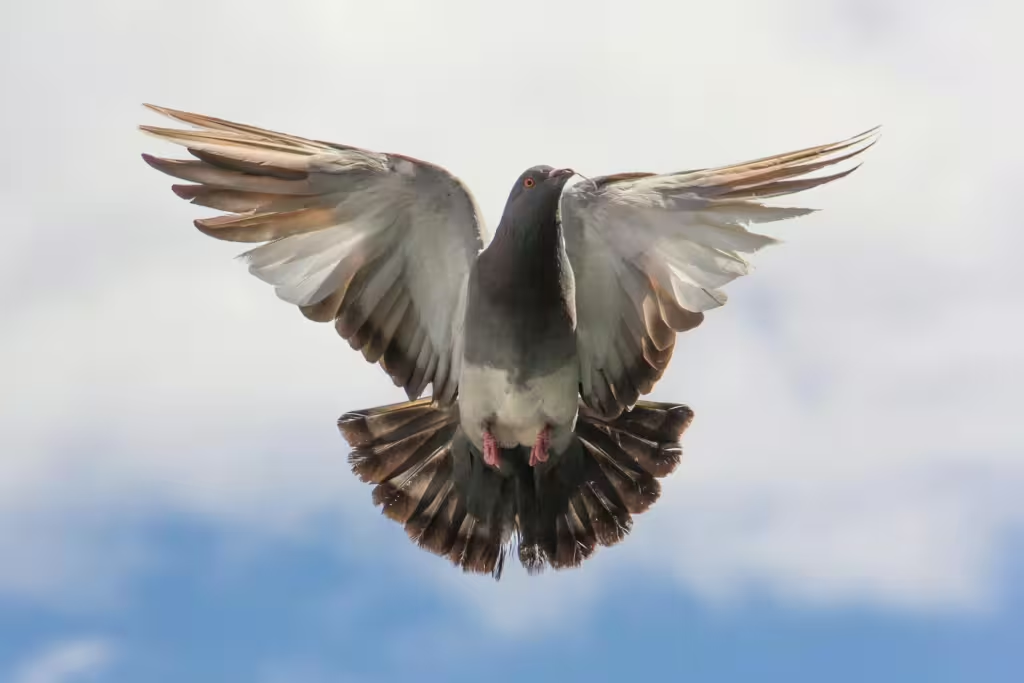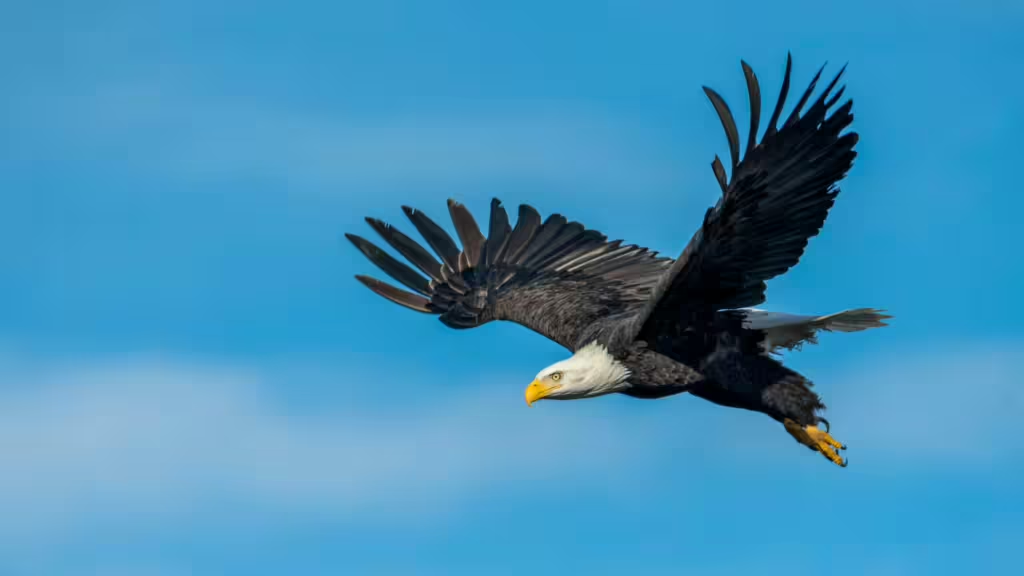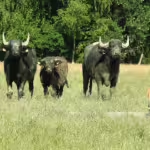By now, most readers will be familiar enough with the Theory of Evolution to understand that modern birds are the direct descendants of those most ancient and ferocious creatures, the dinosaurs. Despite these, ehem…less than humble beginnings, the birds of today can do one thing that 90 percent of dinosaurs could not; they can fly. From the silent glide of an owl to the dazzling speed of a falcon, a bird’s ability to fly is one aspect of their existence that has captivated human imagination for centuries. These creatures have command of the skies in a way that we, with all our engineering and technological know-how, have yet to duplicate.
The question, for many of us, is how did the remarkable ability to fly first came to be. We know that evolution is the catalyst but what was this process like over the past 150 million years? How do we link the ancient dinosaurs to the feathered creatures of today?
In this article, we will answer those questions. Not only will we explore the origins of bird flight, we will examine it over the course of prehistory. We will discuss their ancestors, the anatomical adaptations that make flight possible, and the fossil evidence that corroborates our scientific findings. Grab hold as we take flight together!

The Origins of Flight
Our journey to discover the origins of flight takes us all the way back to the time of the dinosaurs. The fossil record and overwhelming scientific consensus tells us that most, if not all, the birds we see in our world today, first evolved from small, carnivorous theropod dinosaurs. Paleontologists have narrowed down the many different categories of dinosaurs that may have been the precursor to modern avians, to a specific group known as the maniraptorans. This group includes species like Velociraptor, which fans of the Jurassic Park franchise will likely be very familiar with. The current theory of how these raptors eventually made their way into the sky is linked to three major hypotheses:
The “Tree-Down” (Arboreal) Hypothesis
This theory suggests that small theropods first developed gliding abilities as they leapt from tree branch to tree branch. The thinking is that this behavior shaped each generation, eventually granting their descendants the ability of powered flight.
The “Ground-Up” (Cursorial) Hypothesis
The Ground-Up theory is a bit different, but stems from a less arboreal beginning. It proposes that fast-running dinosaurs used their feathered arms to aid in leaping and balance, which gradually led to the development of flapping wings and powered flight.
Wing-Assisted Incline Running (WAIR)
The latter theory of the three is perhaps the most reasonable. This hybrid theory that suggests early wing use helped animals run up steep surfaces or gain traction, leading eventually to powered flight.
Even today, with all our scientific evidence and many rational theories concerning the veracity of the above hypotheses, scientists continue to debate the precise pathway. Still, as more and more fossils are discovered, there is little doubt that the scientists of the future will one day find clear evidence of a gradual transition from feathered, ground-dwelling dinosaurs to true birds.
Archaeopteryx: The First Bird?
We could not possibly discuss the history of bird evolution without having at least one mention of Archaeopteryx. This feathered, bird-like dinosaur is often hailed as the “missing link” between the two. It was first discovered in Germany in the 1860s and is believed to have lived around 150 million years ago during the Late Jurassic period. While it was alive, archaeopteryx was possessed of a unique combination of features including: feathers, wings topped with clawed fingers, a long bony tail, sharp teeth, and lightweight, hollow bones like modern flying birds. The prevailing belief is that Archaeopteryx was not capable of sustained flight but could flap or glide short distances at a time.
Feathered Dinosaurs: A Growing Family Tree
For a very long time, humans believed that dinosaurs were heavy, scaled behemoths. We had incorrect theories about their bones and made assumptions without really delving into the fossil record. That changed when paleontology became a viable science and it has continued to evolve over the years as more and more dinosaur remains are found. In the 1990s, a wealth of fossil discoveries in China’s Liaoning Province essentially revolutionized our understanding of dinosaurs. Several well-preserved specimens were found to have feathers in their impressions. We now believe that these feathers evolved long before flight and were likely used for insulation, camouflage, and display. The mere presence of those feathers seems to indicate a certain degree of aerodynamic potential that was later co-opted for that purpose of flight.
The Anatomy of Flight: How Birds Do It
You might be wondering, how do birds actually fly? The power of flight comes from certain specialized anatomical features, critical adaptations that enable birds to take to the skies.
Feathers
Feathers, as you may have guessed, are the hallmark of modern birds. Even ground-dwelling birds like ostriches, emus, and penguins have feathers; although they don’t really use them for flying at all. Feathers are designed to be as lightweight as they are durable. They are made of keratin—the same protein found in human hair and nails—and are constantly molted and replaced. There are also several types of feathers:
Contour feathers streamline a bird’s body and create their shape.
Flight feathers are located on the wings and tail, providing lift and maneuverability.
Down feathers are meant to insulate the bird and retain body heat.
Hollow Bones
We mentioned earlier that Archaeopteryx had hollow bones and that’s important because it is a lightweight skeleton with hollow, air-filled bones (pneumatization) that helps a bird to get off the ground. Not only does this adaptation help reduce weight, it does so without sacrificing strength.
Wing Structure
Considering our prevailing theory on the origin of the birdlike form, it’s easy to see how wings are essentially modified forelimbs. In many ways, their structure reflects the same basic bones found in human arms—humerus, radius, and ulna. That said, bird wings are elongated and adapted for different flight styles, namely: flapping or soaring, Flapping birds have round, short wings best0suited for rapid maneuvering. Those used by birds that soar are longer and more narrow.
Powerful Muscles
Flying aint easy. The ability to fly requires an excess of energy and muscle power. Thus, birds have evolved large breast muscles (pectoralis major) in order to power the downward stroke of the wing. These muscles are anchored to a prominent keel on the breastbone (sternum). It should be noted that this keel bone is only found a few places in the fossil record, in flying birds and in a few extinct flying reptiles.
High-Efficiency Respiratory System
Most people don’t realize it, but birds are actually quite good at breathing; excellent, in fact. They possess a unidirectional airflow system through their lungs, supported by air sacs that help oxygenate the blood during both inhalation and exhalation. That is a lot of words but it boils down to the fact that birds have a high metabolic output which helps increase their overall endurance during flight.

Modern Bird Diversity
There are more than 10,000 bird species today. Among these many thousands of species, are the flying birds, each categorized by a different flying style. Some examples of those are soarers, such as albatrosses, hoverers, such as hummingbirds, divers, such as kingfishers, and fast flyers, such as peregrine falcons.
Flightless Birds: Evolution in Reverse?
As we know, not all birds retained flight. There is a theory that flightlessness is itself an evolutionary adaptation. These species may have evolved flightlessness because the environments where they found themselves did not necessitate flight. In essence, flight offered them no clear advantage. Think about isolated islands, where flight didn’t really matter; at least not until humans and invasive species came and they could not escape. The poor, extinct dodos of Mauritius and the remaining but endangered kiwis of New Zealand are two clear examples.

True Investigator Says…
As you can see, the history of evolution is a long and storied one, but it is far from over. What began with grounded theropods experimenting with feathers for warmth or display, has resulted in one of the most extraordinary adaptations in the history of evolution. In the millions of years since they “went extinct,” the birds of the past have transformed into a dazzling diversity of flyers we see in the world today. As we look to the future of our planet, we cannot help but wonder what innovations nature has in store for the birds of the future. After all, once upon a time, the sky was the limit, but we have since gone a far bit more afield than that.
Discover more from TrueInvestigator
Subscribe to get the latest posts sent to your email.


